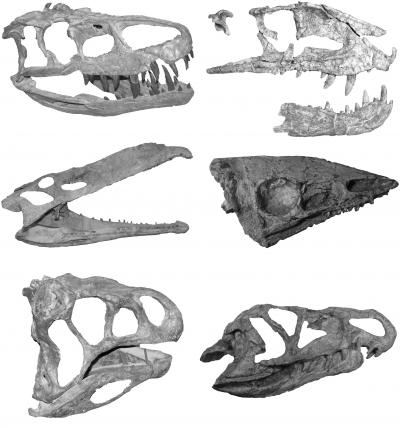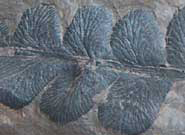Depending on if you are pro- or con- on the dinosaur issue, you have good or bad things to say. While dinosaurs dominated land for well over 100 million years and evolved into numerous species, they still got snuffed out rather suddenly 65 million years ago. epitomize both success and failure. Failure because they went extinct suddenly 65 million years ago; success because they dominated terrestrial ecosystems for well over 100 million years evolving into a wide array of species that reached tremendous sizes.
University of Bristol researchers Steve Brusatte and Professor Mike Benton say it was just bad luck, and that's okay, because it was only good luck that made them dominant in the first place. This defies conventional thinking that some feature or characteristic helped them out-compete other vertebrate groups.
Like crocodiles, say Brusatte and Benton. They examined the evolution of dinosaurs and their closest competitors during the Triassic period (251 to 199 million years ago)and identified the the crurotarsan archosaurs, a large group of animals that are closely related to crocodiles, as the most likely 'competitors' to early dinosaurs. The other part of the group Archosauria are dinosaurs and their descendants, the birds.

 Opioid Addicts Are Less Likely To Use Legal Opioids At The End Of Their Lives
Opioid Addicts Are Less Likely To Use Legal Opioids At The End Of Their Lives More Like Lizards: Claim That T. Rex Was As Smart As Monkeys Refuted
More Like Lizards: Claim That T. Rex Was As Smart As Monkeys Refuted Study: Caloric Restriction In Humans And Aging
Study: Caloric Restriction In Humans And Aging Science Podcast Or Perish?
Science Podcast Or Perish?










